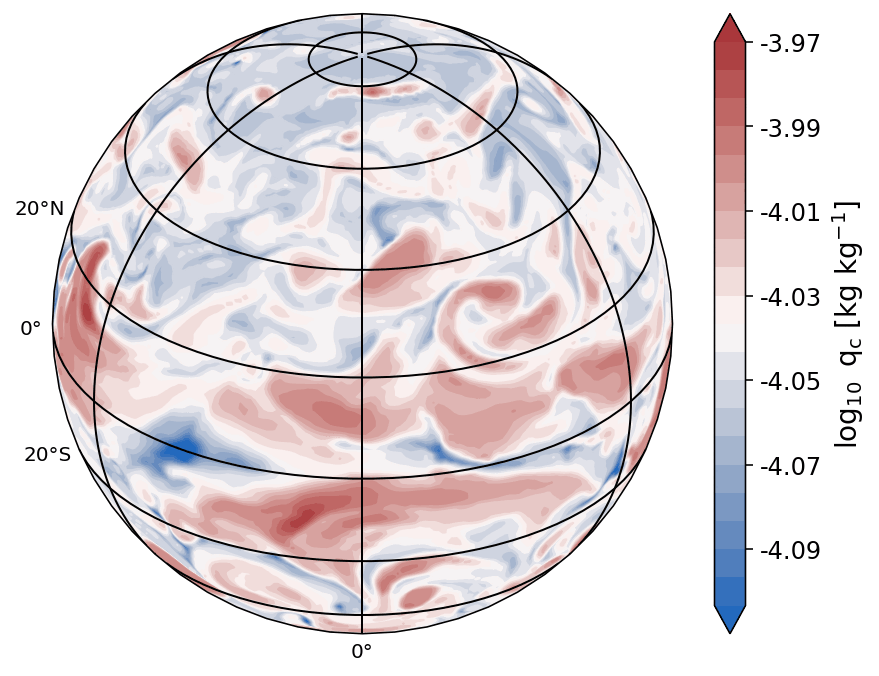
I study the climate of exoplanet and brown dwarf
atmospheres, in particular researching the dynamics,
temperature structures, chemistry and clouds that affect the
observable properties of these atmospheres, focusing on the
3D aspects of planetary atmospheres. For this I use
state-of-the-art atmospheric hydrodynamical models, so
called, general circulation models (GCMs). I am a lead
developer of the Exo-FMS GCM model, as well as having
experience with the THOR and MITgcm GCM models. I add
specialized physical processes to these models such as
radiative-transfer of various flavors (e.g. grey, non-grey
and correlated-k), cloud formation physics and kinetic
chemistry modeling.
I also develop true 3D radiative-transfer techniques for
highly accurate modeling of radiation through a global
atmosphere. I am the lead developer of the
gCMCRT
model, a Monte Carlo RT model that uses GPU technology to
accelerate computational times. This can be used to
calculate albedo, emission and transmission spectra, as well
as perform phase curve calculations. This model can also be
used at high resolution, computing the Doppler and
rotational shifting of lines, allowing theoretical models to
be used to physically interpret high-resolution
observational data in detail.
My 1D two-stream RT suites and the 3D gCMCRT model are
available on my
GitHub.
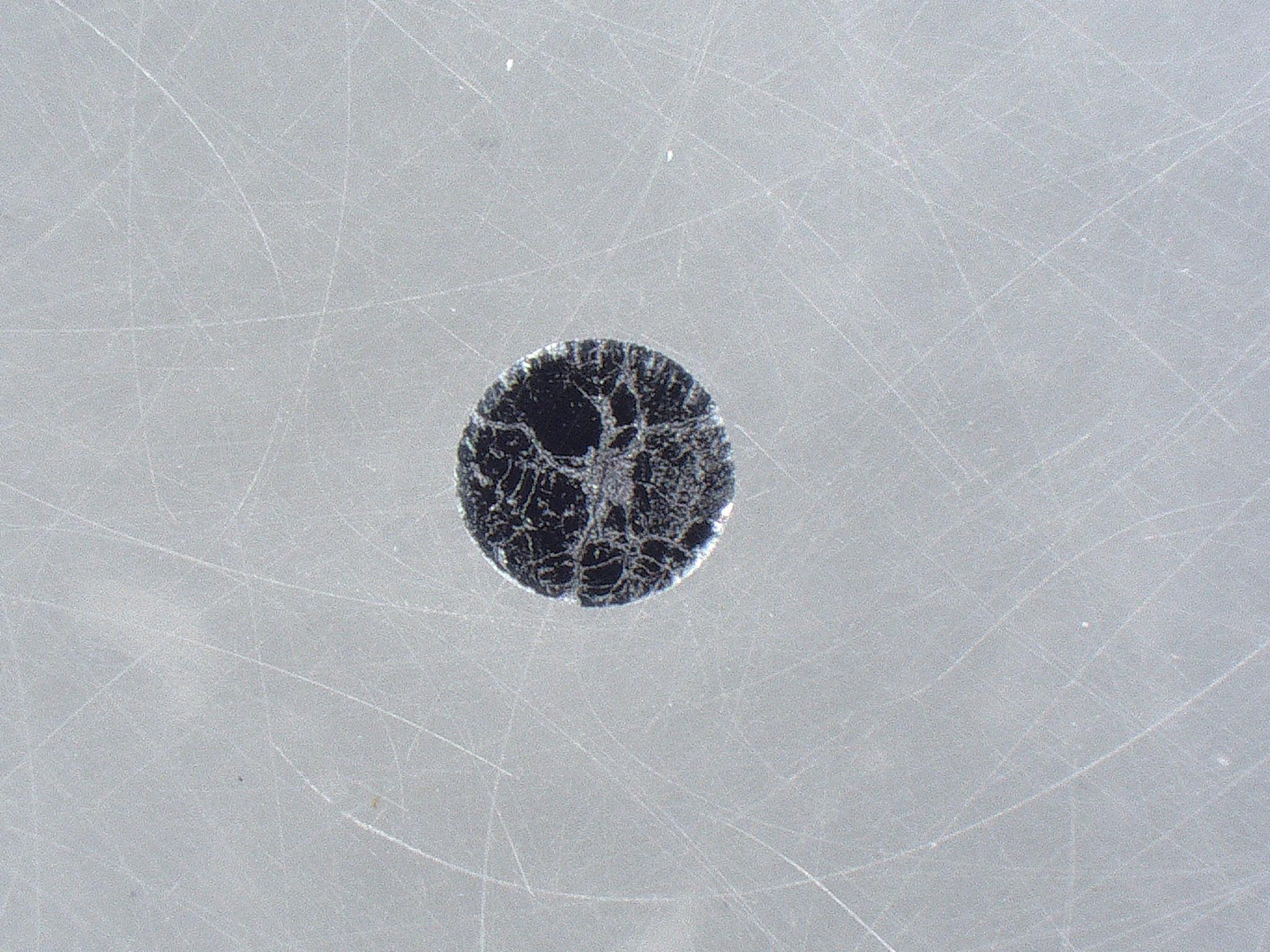
Creating Exoplanet Clouds in the Lab
In collaboration with Dr. Maggie Thompson, I am creating exoplanet cloud analogues in the laboratory using the laser-heated aerodynamic levitation furnace at ETH Zurich. This apparatus allows us to produce samples at the same hot atmospheric temperatures expected in exoplanet atmospheres. We can then take optical constant measurements of each sample, and compare the results to observational spectra to try determine the composition of the clouds that form in exoplanet atmospheres.
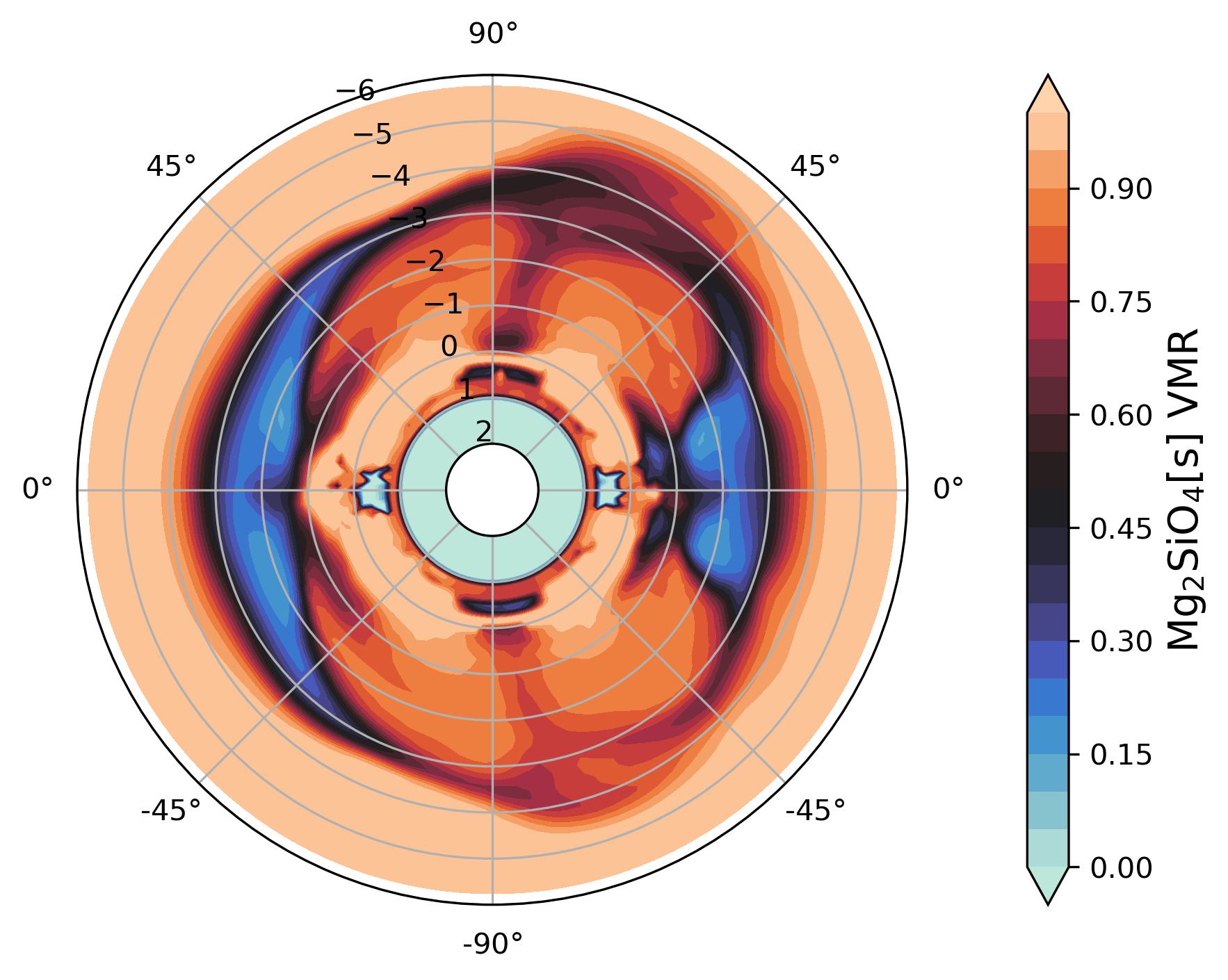
Microphysical cloud models
In Lee et al. (2016) we coupled the microphysical cloud formation model DIHRT, with the 3D HD 189733b RHD model of Dobbs-Dixon. We found that the clouds undergo a day-night evaporation and condensation cycle, with different species condensing and evaporation across the globe of the exoplanet atmosphere. The cloud structure properties also varied greatly as function of latitude, longitude and depth. In Lee (2023) I updated this model, mini-cloud, to run more efficiently compared to the previous model, enabling much longer simulations to be performed. In this study, I simulated the atmosphere of the hot Jupiter HAT-P-1b as a testbench of the new model. This model is available on GitHub

Dynamic kinetic chemistry
In Tsai et al. (2022) and Lee et al. (2023) we developed a miniature chemical kinetics scheme `mini-chem' which is highly suitable for coupling to GCM models of exoplanet atmospheres. We found that the chemical species follow the dynamical patterns present in the atmosphere and are significantly out of chemical equilibrium. The mini-chem source code is on GitHub
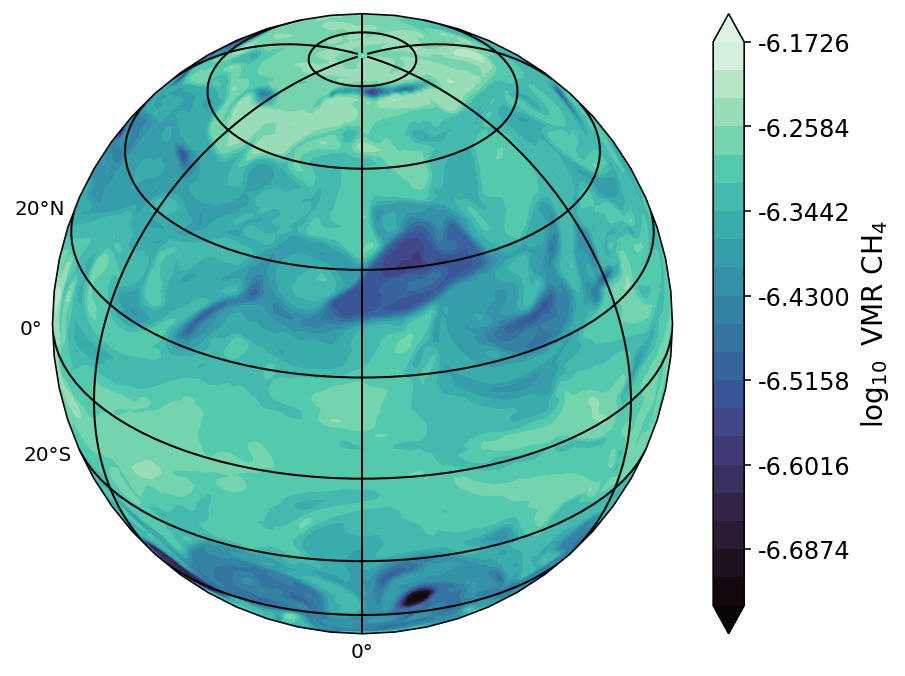
Exploring brown dwarf 3D atmospheric chemistry
In Lee, Tan and Tsai (2023) we used mini-chem to explore the 3D chemistry of brown dwarf atmospheres across a range of effective temperatures, finding that storms in these atmospheres affect the spacial distribution of chemical species, and push them out of equilibrium. At the Zenodo repository you can find gifs of our output (like the one on the left) showing this stormy weather response.

Developing 3D radiative-transfer techniques with MCRT
In Lee et al. (2022) we upgraded the CMCRT model to use GPU technology, decreasing its runtime by up to 100x. This model is a true 3D RT model, able to accurately produce transmission, emission, albedo spectra and phase curves from GCM output. We also include the ability to perform high-resolution RT modelling, with Doppler and rotational shifting of spectral lines, allowing cross-correlation techniques to be performed with the gCMCRT output. We also developed an opacity package (optools) that can easily interpolate and mix gas phase species opacities as well as CIA, Rayleigh and cloud particle opacities. This code is publicly available on GitHub.

Examining two-stream radiative-transfer techniques for exoplanet GCMs
In Lee et al. (2020) we investigated three different RT techniques for HJ GCM models using the Exo-FMS GCM model, semi-grey, non-grey picket fence and spectral correlated-k. We found that the picket fence scheme was able to reproduce well the correlated-k model, providing a more realistic and intermediate RT solution between the well used semi-grey and correlated-k approaches. This flexible method allows more accurate GCMs to be run in the future without extreme added computational expense. The two stream methods and opacity packages are available on my GitHub
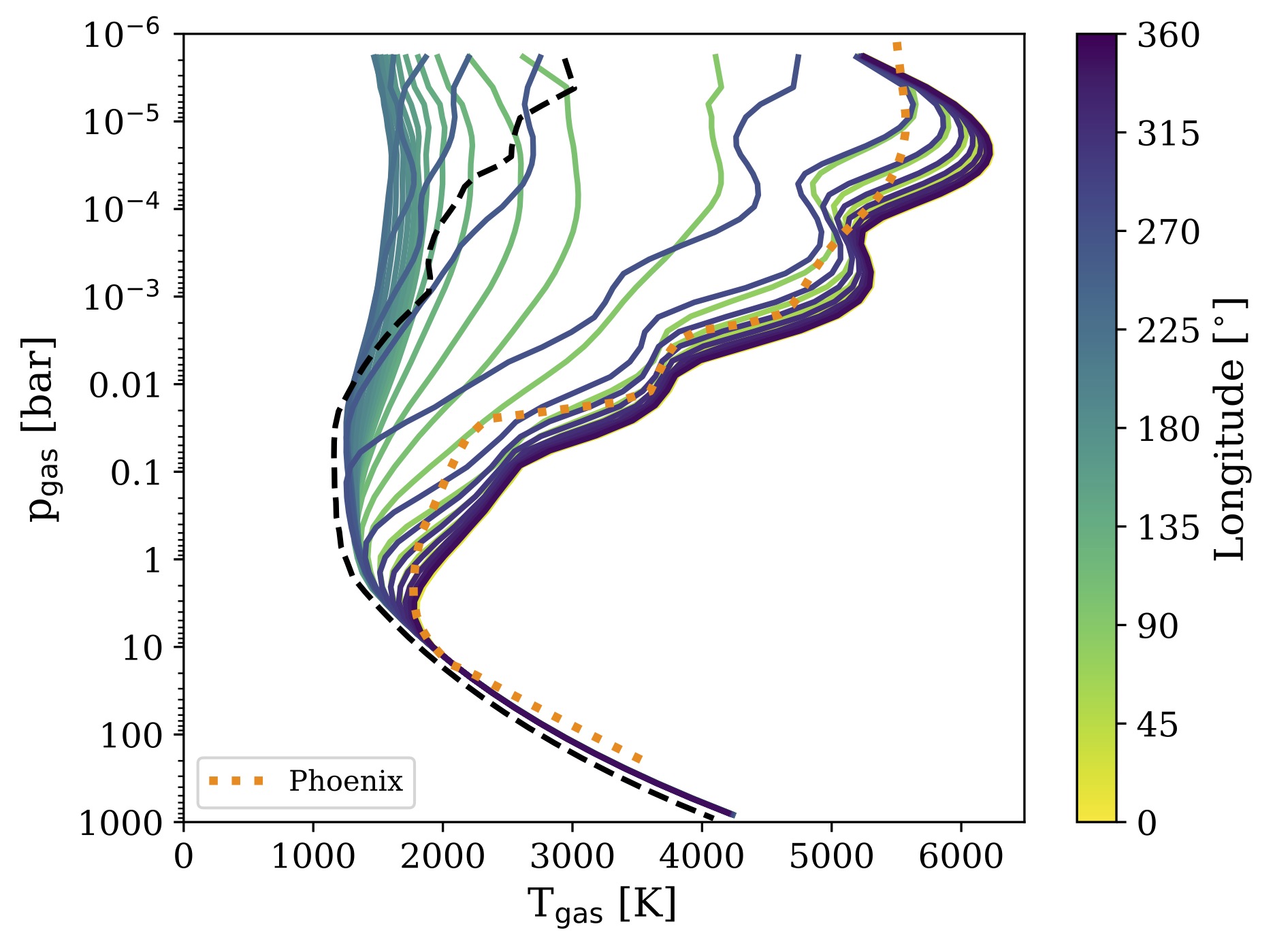
Understanding white dwarf - brown dwarf systems
In Lee et al. (2022) we investigated the properties of three brown dwarf atmospheres that orbit close to their host stars. For this we also used the Exo-FMS GCM model, developing a multi-band opacity scheme as well as using a correlated-k scheme. We found these atmospheres were dominated by the strong UV absorption in the upper atmosphere, giving rise to large low pressure temperature inversions.
- E-mail: elspeth.lee [ät] unibe.ch
- Address: Center for Space and Habitability, University of Bern, Gesellschaftsstrasse 6, CH-3012 Bern, Switzerland
- ORCID ID: 0000-0002-3052-7116
- ADS Publications
- CV
- CSH profile
- NCCR PlanetS profile
- GitHub
